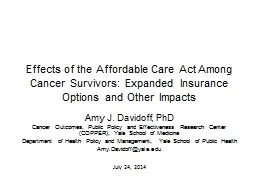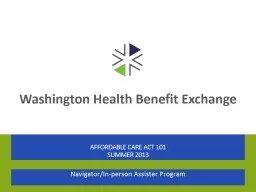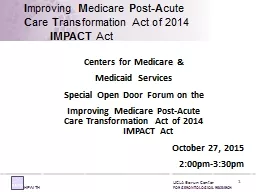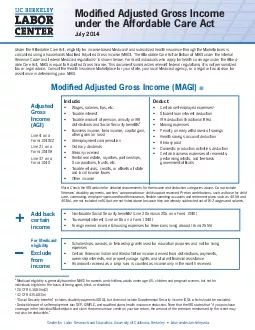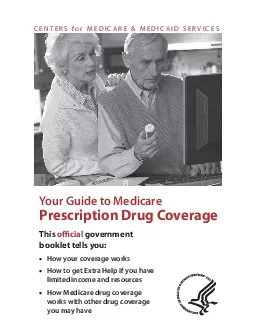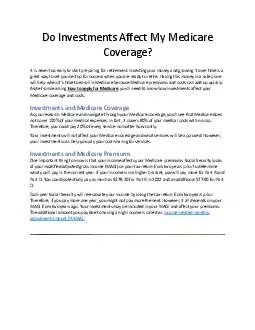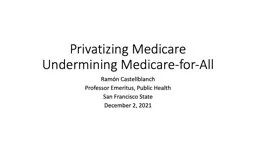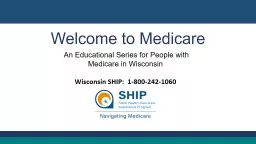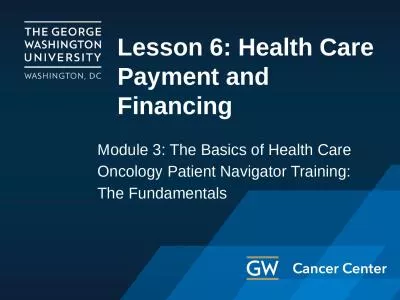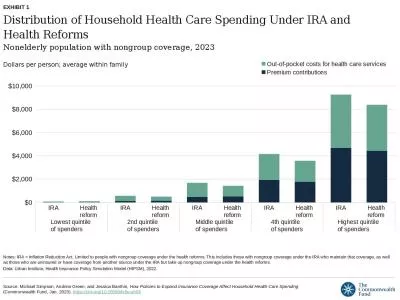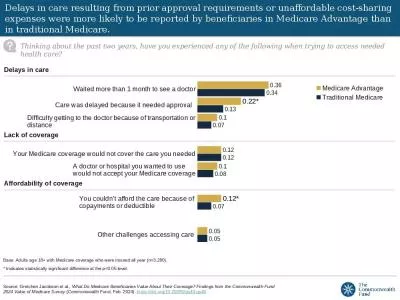PPT-Coverage, quality, and cost of cancer care under the Affordable Care Act and Medicare
Author : natalia-silvester | Published Date : 2019-06-23
Amy J Davidoff PhD Cancer Outcomes Public Policy and Effectiveness Research Center COPPER Yale School of Medicine Department of Health Policy and Management Yale
Presentation Embed Code
Download Presentation
Download Presentation The PPT/PDF document "Coverage, quality, and cost of cancer ca..." is the property of its rightful owner. Permission is granted to download and print the materials on this website for personal, non-commercial use only, and to display it on your personal computer provided you do not modify the materials and that you retain all copyright notices contained in the materials. By downloading content from our website, you accept the terms of this agreement.
Coverage, quality, and cost of cancer care under the Affordable Care Act and Medicare: Transcript
Download Rules Of Document
"Coverage, quality, and cost of cancer care under the Affordable Care Act and Medicare"The content belongs to its owner. You may download and print it for personal use, without modification, and keep all copyright notices. By downloading, you agree to these terms.
Related Documents

